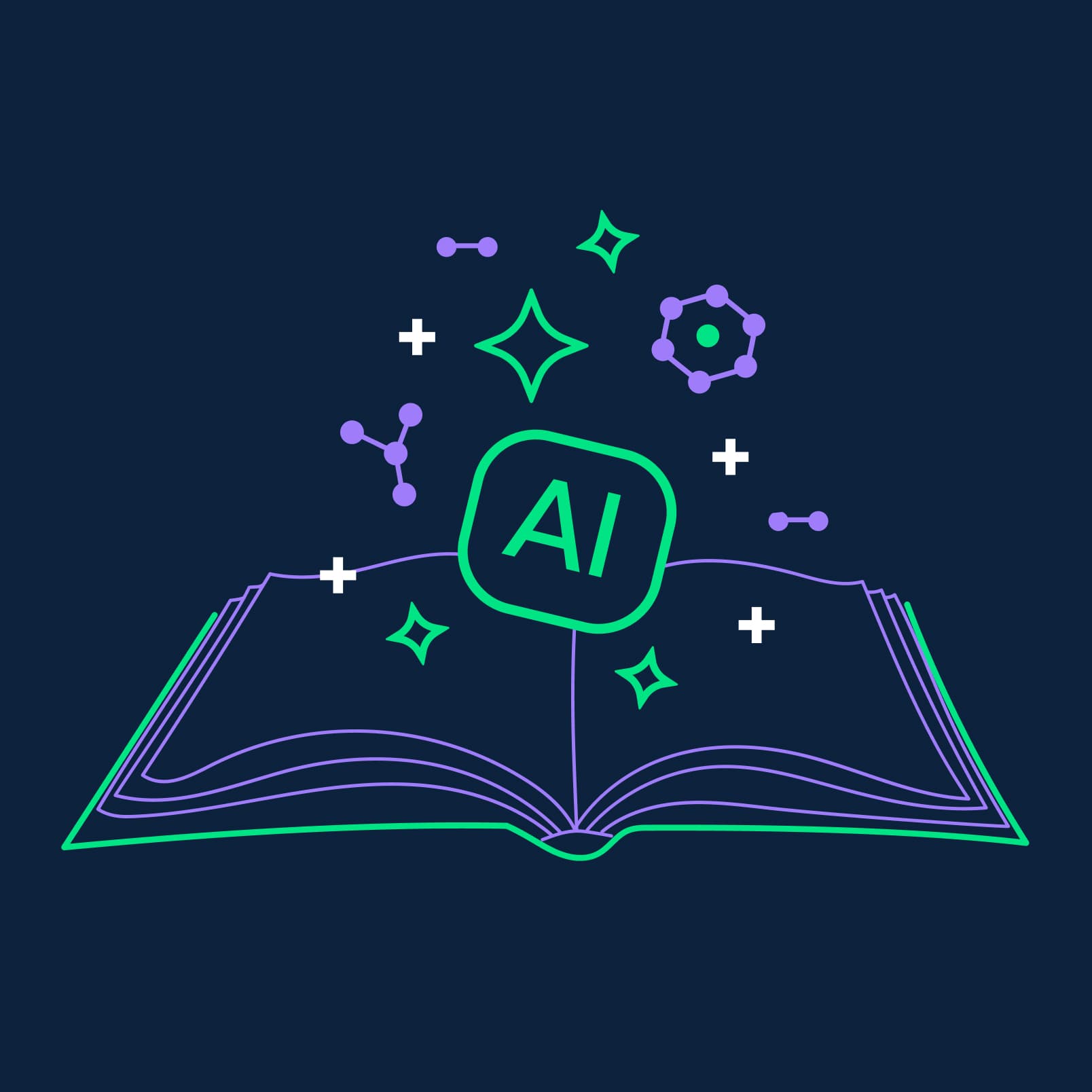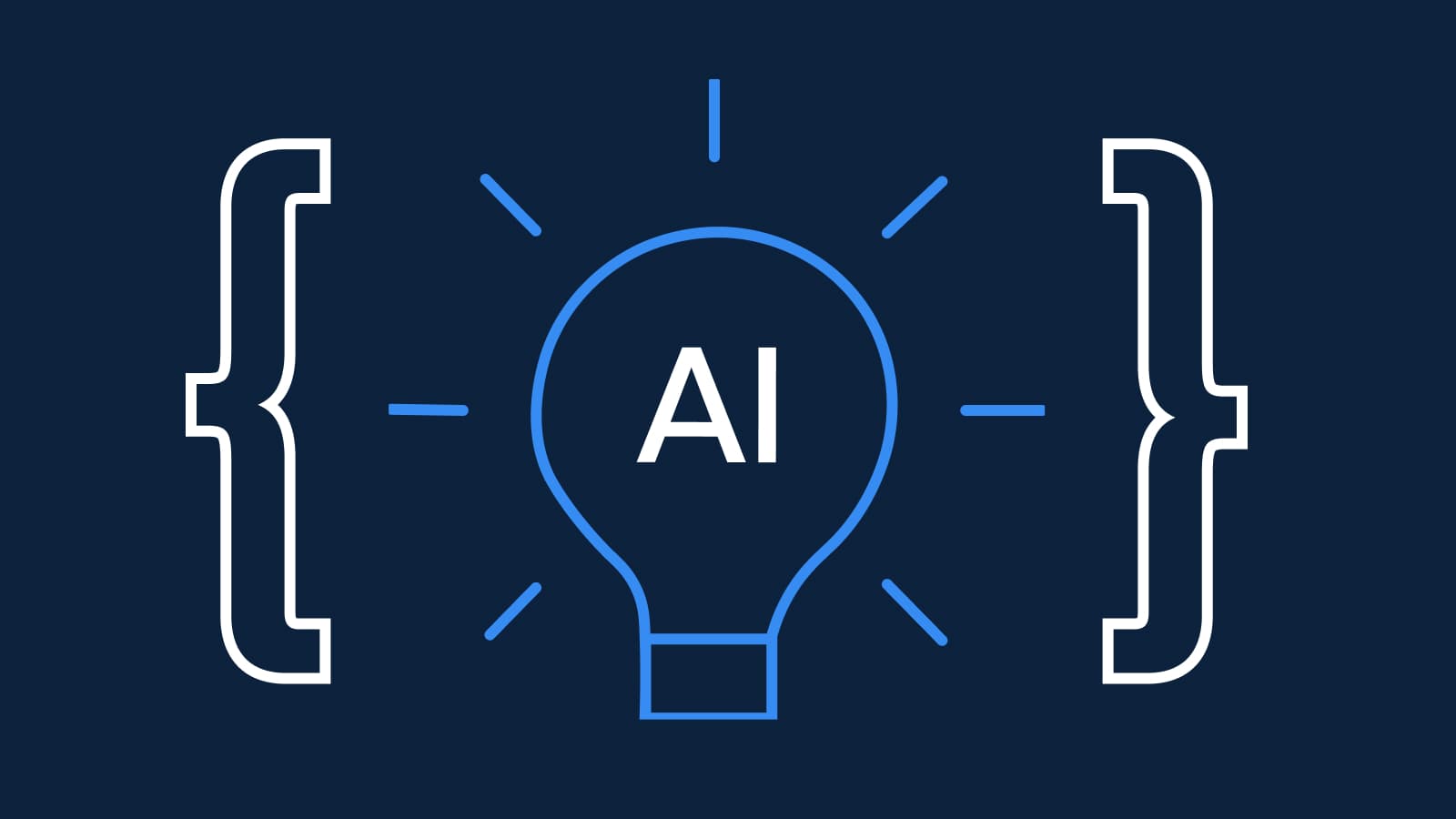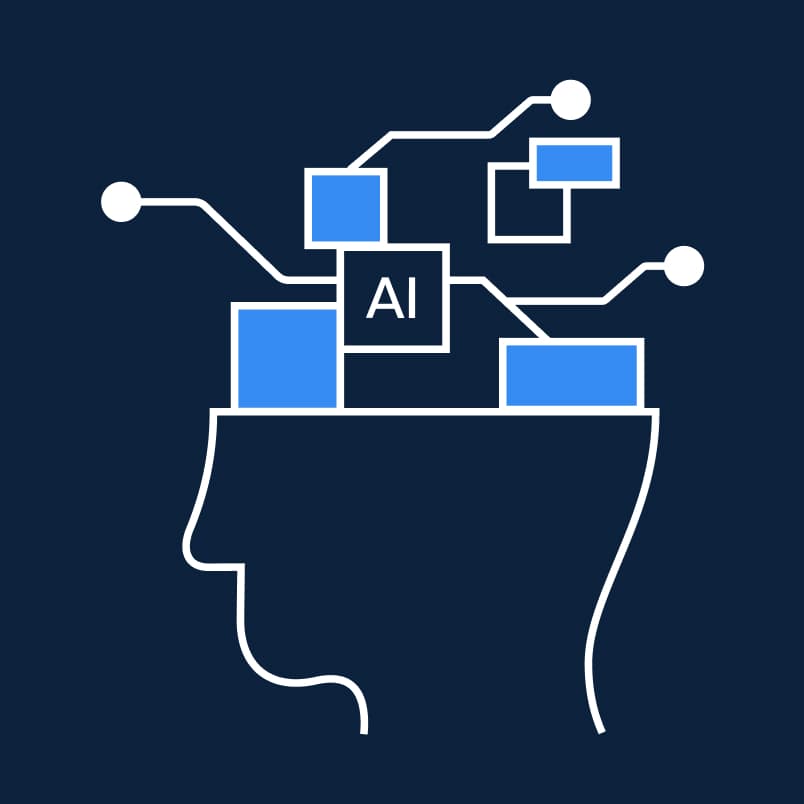
For the past two decades, we've designed digital experiences around a simple assumption: users will click, tap, and navigate their way through our carefully crafted interfaces. We've built wireframes, user journeys, and interaction flows based on the idea that humans drive every action. The user leads. The system reacts.
But with the rise of AI agents, that relationship is starting to flip. Instead of users clicking through menus to book a flight, an agent might handle the entire process based on a simple request: "Book me the cheapest flight to Tokyo next month that gets me there by noon." The user never sees a search interface, comparison table, or checkout flow, yet the experience needs to be designed just as thoughtfully.
This shift demands a complete rethinking of UX design. We're moving from designing interfaces to designing conversations, from mapping user journeys to orchestrating agent behaviours, from static screens to dynamic, context-aware interactions.
From navigation to delegation
Traditional web design is about creating clear paths through information and functionality. Progress is linear and visible. The change that agentic experiences bring is that instead of designing the path, you're designing the destination and trusting an intelligent system to figure out how to get there. The agent might pull information from multiple sources, make decisions based on user context, and execute actions across different systems—all without the user seeing the underlying complexity.
This means you’re no longer designing a series of screens. You’re designing a relationship, a rhythm and a set of invisible choices.
What this means for the end user
Done well, agentic experiences feel like magic. It promises to eliminate much of the friction we’ve accepted as normal digital interactions. Users express intent and the system figures out the execution.
But this shift also creates new challenges. Users lose the sense of control that comes from seeing options and making explicit choices. They need to trust that the agent understands their intent correctly and will act in their best interests. When something goes wrong, they can't simply "go back" or "try a different option".
This changes what users expect from digital experiences. They'll demand agents that understand context, remember preferences, and learn from mistakes. They'll expect explanations when things don't go as planned and transparency about how decisions are made. Most importantly, they'll expect these interactions to feel natural and conversational, not like they're programming a computer.
3 ways in which the design process needs to evolve
The familiar UX tools and frameworks we've relied on for years simply don't work when designing for intelligent agents. Here's what needs to change:
From User Journeys to Conversation Flows: Traditional user journey mapping traces the steps a user takes through an interface. Agentic design requires mapping conversation flows (the back-and-forth dialogue between user and agent), this includes understanding how users express intent, how agents should seek clarification, and how to handle edge cases where communication breaks down.
From Information Architecture to Intelligence Architecture: Traditional IA organises content and functionality for human navigation. Agentic IA organises data and capabilities for agent access. This means designing how different systems connect, what information agents can access, and how they prioritise conflicting data sources. The user never sees this architecture, but it fundamentally shapes their experience.
From Visual Design to Conversation Design: While visual elements still matter for any interface components, much of the "design" happens in how the agent communicates. What's the agent's personality? How does it explain complex decisions? How does it recover from misunderstandings? Conversation design becomes as important as visual design.
The designer’s new role
Designing for agentic experiences means becoming part interaction designer, part conversation designer, part behavioural psychologist, and part systems architect. You're not just creating interfaces, you're designing artificial personalities that will build relationships with users over time.
The transition won't happen overnight. Most experiences will be hybrid for years, combining traditional interfaces with agentic capabilities. But the companies that start rethinking their design processes now will be ready when fully agentic experiences become the norm.
The best agentic designs won’t be the flashiest, they’ll be the ones users barely notice, because the job just gets done. Trust and confidence will become the new benchmark, not clicks or time on-page. Trust that what you asked for will happen and confidence that you’re still in control, even when you’re not the one clicking.
For those looking to take the next step on their AI journey, here's how we implement AI that delivers.
For more insights around what's trending in AI and CX right now, visit our FutureCX Trends Hub.
Ready to explore AI
Discover our fast track 3-day Impact Workshops




